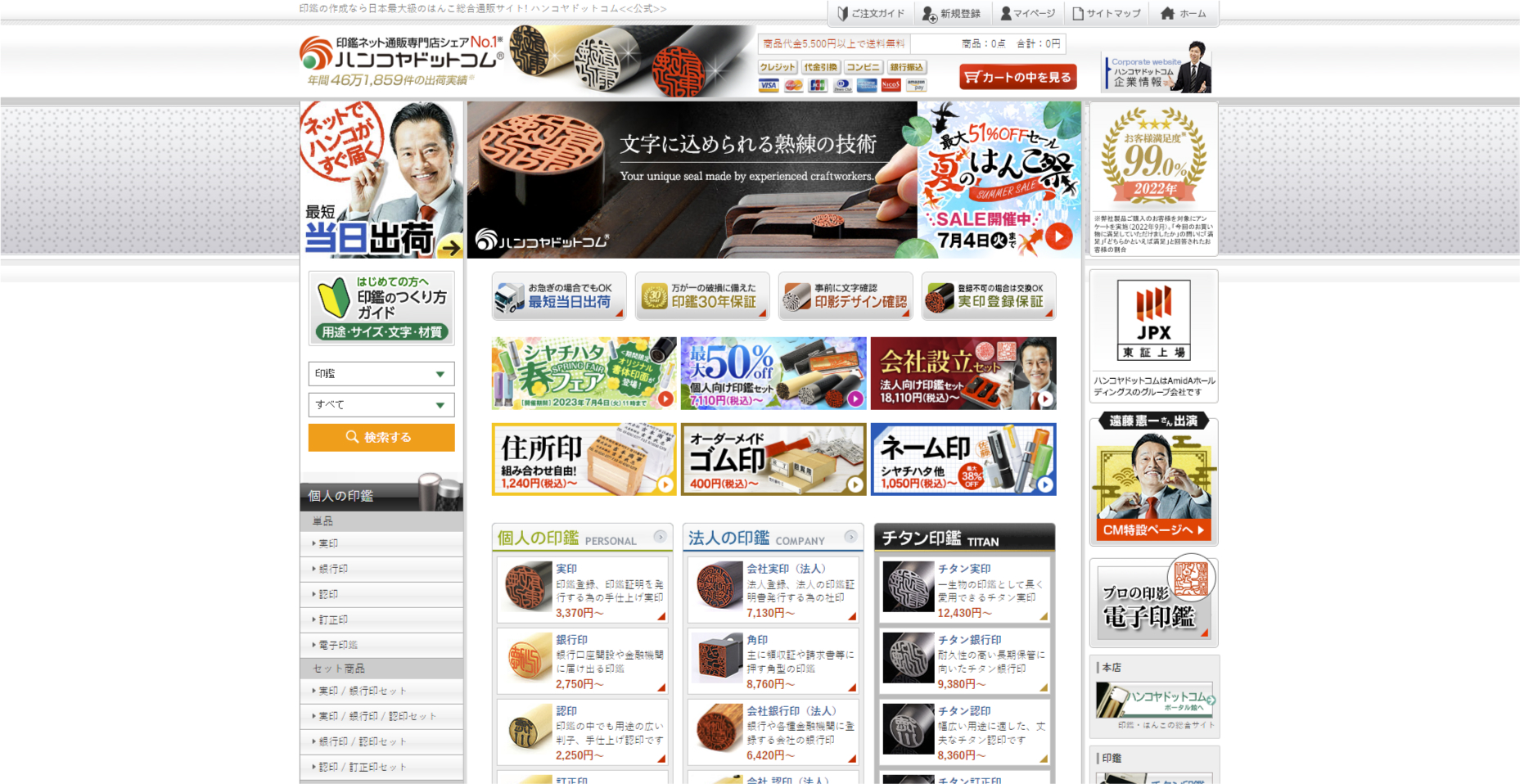The Japanese Web Design
On the internet, it’s common to find a variety of design styles, each with its distinct characteristics made to be a unique experience. One that draws considerable attention is the style of Japanese websites, often appearing cluttered and poorly organized, even reminiscent of Western websites from the 90s. But there are some reasons why this style is so unique.

Cultural Origins
Japanese culture is rich in traditions and aesthetics, often valuing the abundance of information and visual complexity. This becomes more evident if we analyze the Ukiyo-e painting style and the architecture of the Edo period, which are traditional Japanese art forms that were extended to the digital world, resulting in websites that are far from minimalist and appear poorly organized when compared to Western ones.
Language
The Japanese language is composed of 4 different types: hiragana and katakana which are syllabic, and kanji and alphanumeric which are logographic, possibly being used in the same block of text or even in the same sentence. They can be used both horizontally and vertically, contributing to the chaotic impression to Western eyes.
Risk Prevention
Japanese people tend to require more information before making a purchase decision. Western consumers are more focused on knowing how the product will make them feel good or improve their life, while Eastern consumers focus more on product specifications. This results in websites with much more information.
Demographics and UX
As we know, user experience differs between generations, each having its different behavior. Brands in Japan don’t focus much on millennials like in the West, as they are not as materialistic and financially are not part of the buying group. Instead, brands focus on the older group, as they have the greatest purchasing power and time. And how does this group behave? According to research, the main device used by people over 50 is the personal computer.
For us in the West, who are accustomed to minimalism and patterns, they seem cluttered and information-heavy, but this design style has cultural roots and shows Japanese creativity and complexity. This diversity of styles is what makes the internet a global place, where different cultures can express themselves in unique ways.